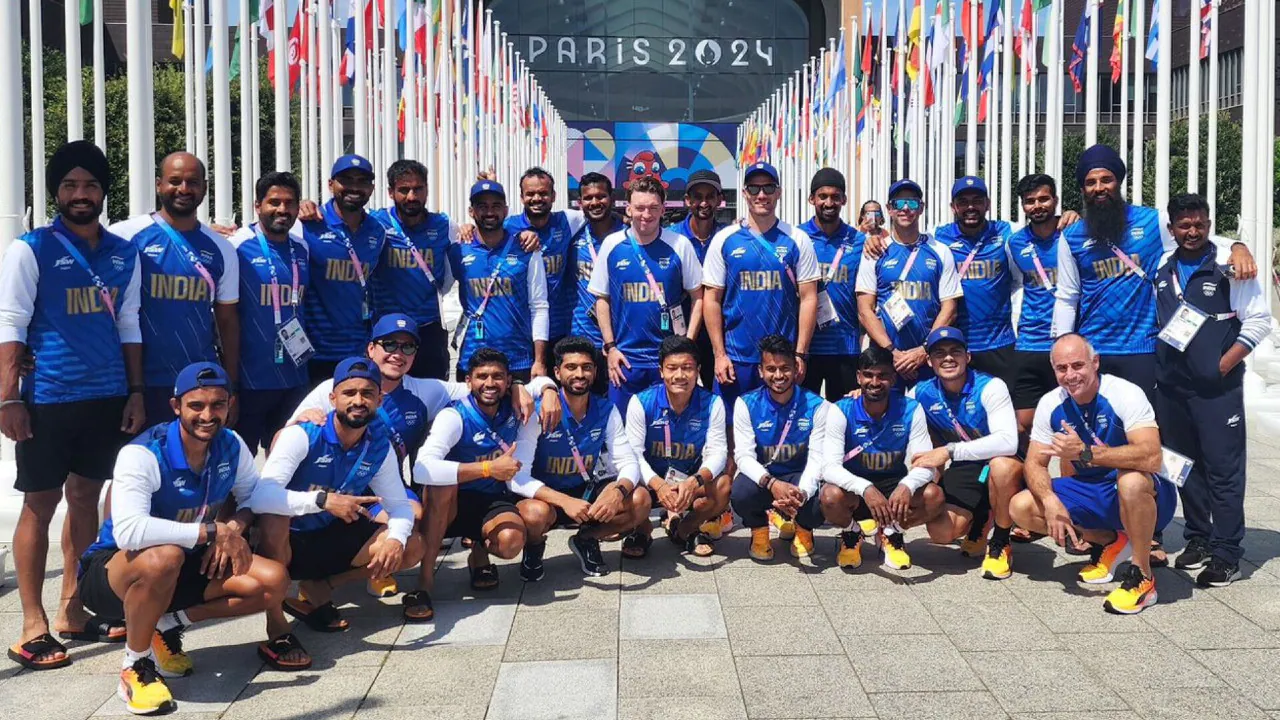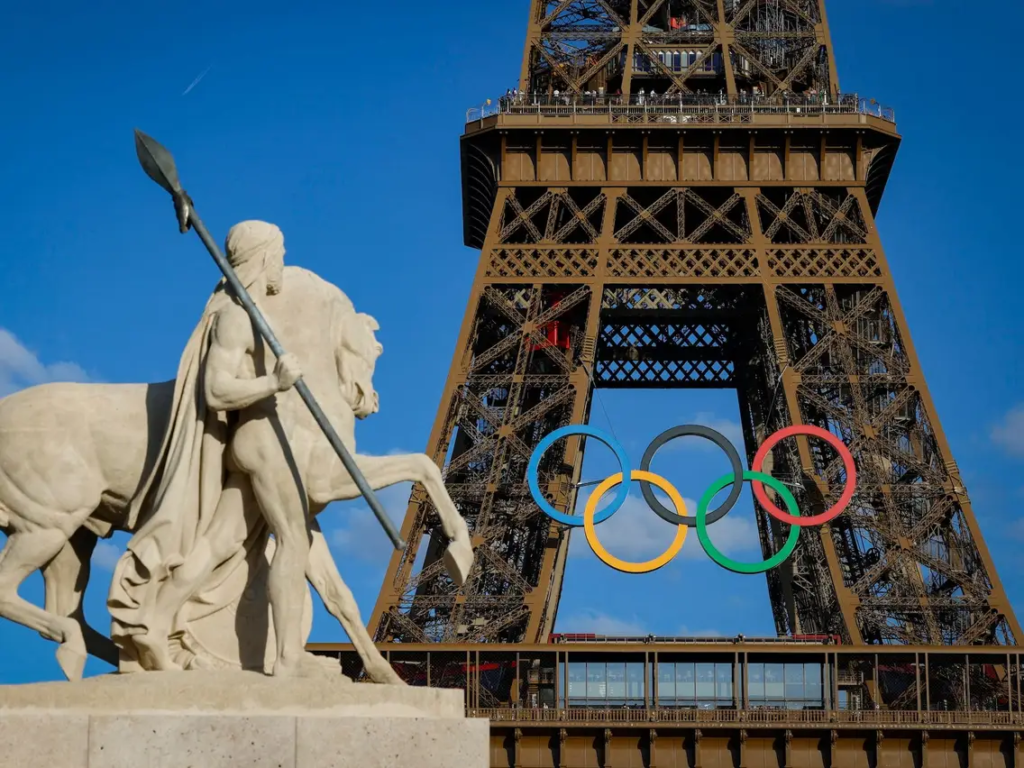Breaking, skateboarding, surfing, and sports climbing are being introduced with the intention of drawing in a younger audience. The seven medals won in Tokyo 2020 were India’s most successful Olympic showing to date.
The US took the place with 113 medals, followed by the Russian Olympic Committee at 71 and China at 89. This time, over 100 athletes from 16 different disciplines are competing in 69 medal events on behalf of India.There will be questions after we applaud the contingent, including why certain nations win more medals than others and why there is such a disparity in athletic ability.

Source: CNBC TV18
While innate ability and commitment are important components, nothing compares to guidance and assistance. Reaching one’s full athletic potential hinges on having access to top-notch coaching and top-notch training facilities. Research indicates that a nation’s GDP is the most reliable indicator of its overall performance.
It was believed that the forced mobilisation of resources was the reason for the former Soviet and Eastern Bloc countries’ sporting achievements. This year, the Union has budgeted Rs 3,442 crore for sports, with Rs 900 crore going to Khelo India, the largest portion. Many jurisdictions now provide jobs and financial incentives to medal winners. Paying for elite athletes to train overseas is becoming increasingly common. Is it sufficient? Not by any means, and especially not for a nation aspiring to host the Olympics.
Source: Hindustan Times
It is impossible to stress how important it is to invest fully, yet recent protests by professional women wrestlers highlight the structural problems with Indian sport administration. It has proven challenging to break free from the politician-bureaucrat grip.
What do you think about this? Comment below.

